
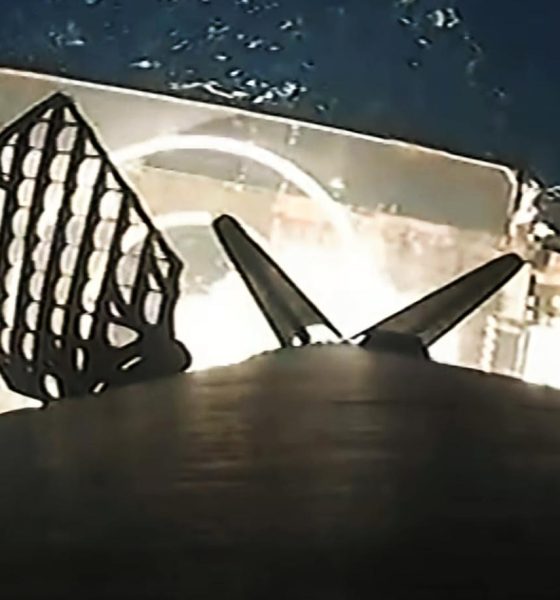
News
SpaceX rocket booster aces tenth launch and landing in major reusability milestone
Update: SpaceX Falcon 9 booster B1051 aced its Starlink-27 launch without issue, becoming the first Falcon booster ever to complete ten consecutive launches and landings.
The mission’s success also means that SpaceX’s internet constellation has more than 1500 functional satellites in orbit, leaving Starlink just two more 60-satellite batches and a few months of orbit-raising away from the ability to deliver internet virtually anywhere on Earth.
Next Spaceflight reports that SpaceX’s next Starlink launch – scheduled as few as five days after the last mission – will see Falcon 9 mark a hugely significant milestone for truly reusable rocketry.
According to Next Spaceflight’s sources, SpaceX has chosen Falcon 9 booster B1051 to launch Starlink-27 – the constellation’s 26th operational mission – as early as 2:42 am EDT (06:42 UTC) on Sunday, May 9th. Scheduled eight weeks (56 days) after the same booster’s last orbital-class launch and landing and just five days after SpaceX’s 25th operational Starlink launch, Starlink-27 will be Falcon 9 B1051’s 10th launch.
While seemingly minor in the scope of SpaceX’s unending roster of spaceflight ‘firsts,’ B1051’s Sunday flight will make Falcon 9 the first reusable liquid rocket booster of any kind to complete ten orbital launches. With that tenth launch and (hopeful) landing, SpaceX will cross a largely symbolic – but still significant – milestone that many traditional aerospace companies and direct competitors have used for at least a decade to rationalize resting on their laurels and continuing to design and build expensive, expendable rockets with no serious path to reusability.
For the entirety of SpaceX’s operational life, its only two real competitors have – and continue to be – US conglomerate United Launch Alliance (ULA) and European conglomerate Arianespace. Almost like clockwork, both extremely conservative groups – comprised of numerous traditional, entrenched aerospace and military contractors – have gone through a similar cycle of belittlement and dismissal, denial, goalpost-moving, disbelief, and resignation as SpaceX announced plans for reusability, began real-world attempts, and gradually worked out the kinks.
As it became clear that SpaceX would succeed in its efforts to vertically launch and land Falcon 9 boosters and ULA and Arianespace had to move their goalposts from “it’ll never work,” both generally settled on largely arbitrary claims that even if SpaceX could land rockets, reuse would never be economical. ULA went even further than Arianespace with an explicit claim – derived from armchair analysis built on opaque, unspecified assumptions – that SpaceX’s approach to Falcon reuse would “require ten [booster] uses to be profitable.” [PDF]
Instead, ULA – proudly standing on its high horse – proffered an alternative called “SMART (Sensible Modular. Autonomous Return Technology) Reuse” for its next-generation Vulcan rocket. Instead of landing and reusing entire boosters like SpaceX, ULA would develop an extremely complex engine section that would detach from Vulcan in mid-air, deploy an experimental inflatable heat shield, and be grabbed out of the sky with a helicopter. Even back when the concept was first announced in 2015, ULA’s schedule for SMART reuse would have seen the technology debut no sooner than the mid 2020s.
More than half a decade later, ULA no longer talks about “SMART Reuse” and it certainly doesn’t talk about the program’s schedule. As late as mid-2020, though, CEO Tory Bruno still parrots ULA’s arbitrary estimate that reusability only makes sense after ten flights per booster – and with the added bonus of new goalposts that demand that that “breakeven flight rate…be achieved as a fleet average.”
Arianespace executives have echoed similar sentiments over the years and more recently implied that it would only ever make sense to invest in SpaceX-style reusability if the conglomerate could guarantee at least 30 launch contracts annually.
In the meantime, Arianespace and ULA all but handed the vast majority of their commercial market share to SpaceX’s far more affordable Falcon 9 and Falcon Heavy. As a result, the company has effectively taken over the commercial spaceflight industry while its relentless, iterative development approach have produced refined Falcon 9 and Heavy rockets with an unprecedented degree of reusability. Looking at all Falcon 9 Block 5 boosters that have flown more than once, the fleet average is already more than five launches less than three years after the Block 5 upgrade debuted.
SpaceX has also demonstrated – multiple times – that it can launch the same Falcon 9 booster twice in less than a month, quite literally halving the Space Shuttle’s 54-day record while likely requiring somewhere between 10 and 100 times less hands-on work. Just last month, NASA gave SpaceX’s reusability work the ultimate blessing when a Falcon 9 booster launched astronauts for the second time. Of the more than 1500 Starlink satellites SpaceX has launched over the last two years, not a single one of those internet satellites flew on a new Falcon 9 booster.
Finally, Falcon 9 booster B1051 is now on track to become the first liquid rocket booster in history to cross the ten-flight mark set by ULA and targeted by SpaceX CEO Elon Musk. For Musk, “ten flights” has long been a line drawn in the sand – explicitly meant to be an arbitrary target. In reality, after flying multiple Falcon 9 boosters six, seven, eight, and even nine times apiece, SpaceX already believes that the rocket’s existing design is capable of significantly surpassing that target.
Perhaps most importantly, despite the fact that Arianespace and ULA have scarcely begun to even attempt to counter Falcon 9 and Falcon Heavy, SpaceX is already working on Starship – a far more capable, fully-reusable rocket designed from the ground up with lessons learned from Falcon.

News
Tesla is making a change to its exterior cameras with a potential upgrade
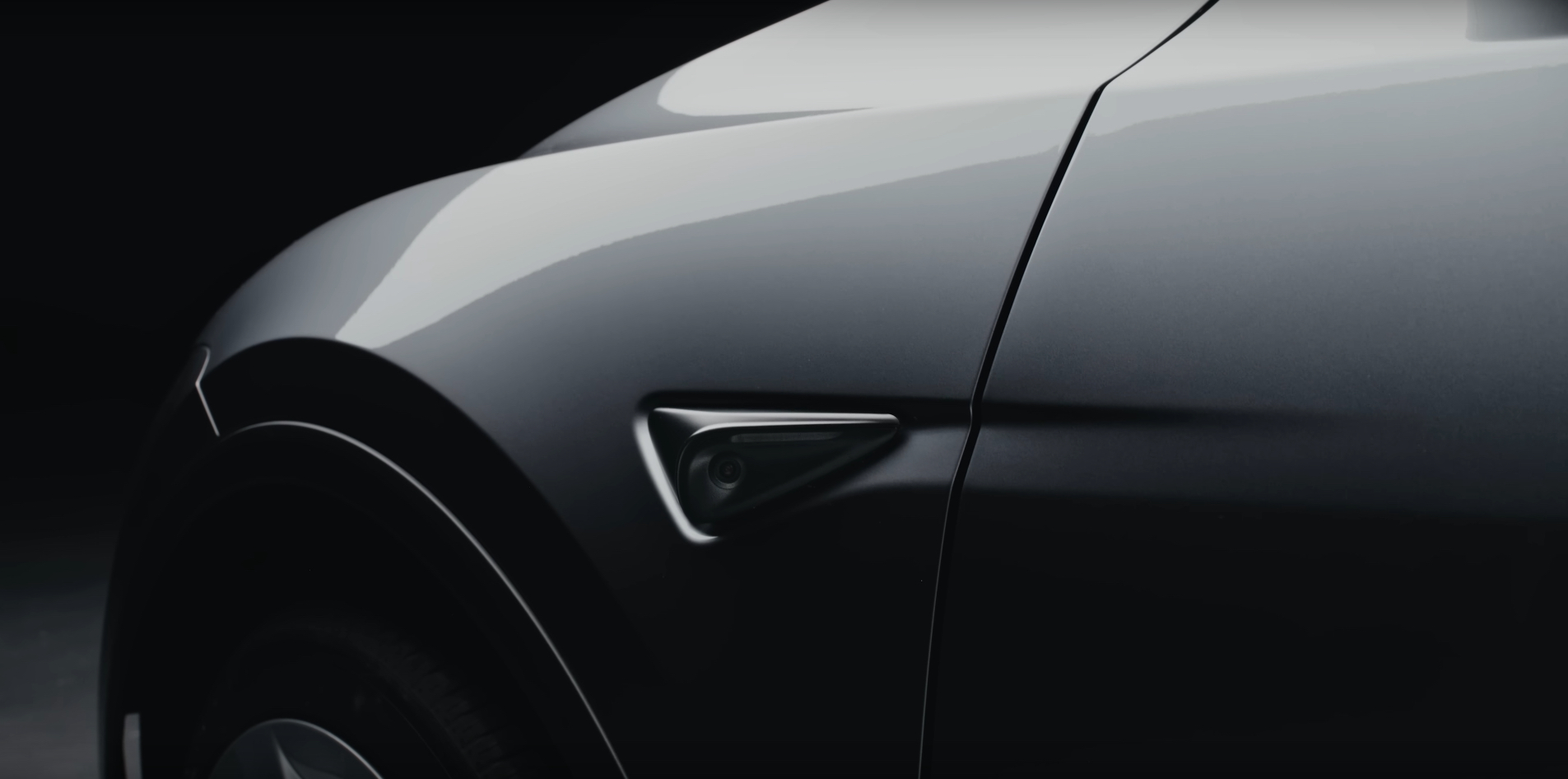
Tesla appears to be making a change to its exterior side repeater cameras, which are used for the company’s Full Self-Driving suite, and other features, like Sentry Mode.
The change appears to be a potential upgrade in preparation for the AI5 suite, which CEO Elon Musk said will be present on a handful of vehicles next year, but will not be widely implemented until 2027.
Currently, Tesla uses a Sony sensor lens with the model number IMX963, a 5-megapixel camera with better dynamic range and low-light performance over the past iteration in Hardware 3 vehicles. Cameras in HW3 cars were only 1.2 megapixels.
However, Tesla is looking to upgrade, it appears, as Tesla hacker greentheonly has spotted a new sensor model in its firmware code, with the model number IMX00N being explicitly mentioned:
Looks like Tesla is changing (upgrading?) cameras in (some?) new cars produced.
Where as HW4 to date used exterior cameras with IMX963, now they (might potentially) have something called IMX00N— green (@greentheonly) December 1, 2025
Sony has not announced any formal specifications for the IMX00N model, and although IMX963 has been used in AI4/HW4 vehicles, it only makes sense that Tesla would prepare to upgrade these external cameras once again in preparation for what it believes to be the second hardware iteration capable of fully autonomous self-driving.
Tesla has maintained that AI4/HW4 vehicles are capable of self-driving operation, but AI5 will likely help the company make significant strides, especially in terms of overall performance and data collection.
Tesla last updated its exterior cameras on its vehicles back in early 2023, as it transitioned to the 5-megapixel IMX963. It also added additional cameras to its vehicles in January with the new Model Y, which featured an additional lens on the front bumper to help with Full Self-Driving.
Tesla’s new self-driving computer (HW4): more cameras, radar, and more
News
Tesla Model Y Standard Full Review: Is it worth the lower price?
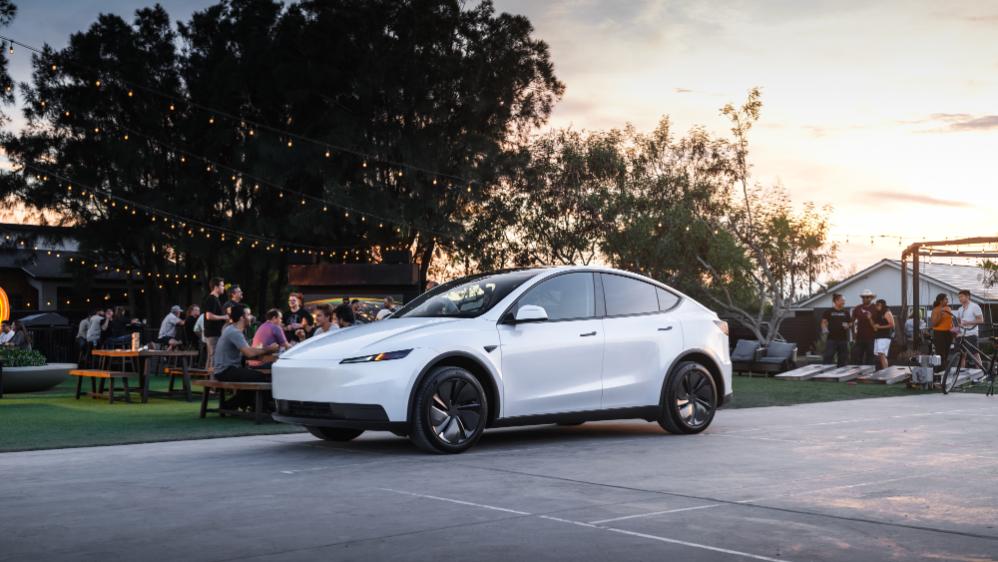
Tesla launched the Model Y Standard as an attempt to offer affordable electric vehicles to consumers now that the $7,500 EV tax credit is gone. We were able to spend four days with the car, and it was more than enough time to determine whether or not the car was worth the $9,000 discount compared to the Premium All-Wheel-Drive configuration, which is what I drive daily.
The Model Y Standard was stripped of some of the features that are present in the Premium trims of the Model Y: no glass roof, a sound system with roughly half the speakers, fewer acoustic-lined glass windows, less storage, and less functionality from an interior standpoint.
However, there are some real advantages to purchasing a Standard Model Y, and there are a handful of situations where this car would be well-suited.
Do I think it is worth the lower price? Well, I’ll get to that later in this article.
Initial Thoughts
In my first impressions review of the Model Y Standard, I talked about the face-value differences between my Model Y Premium and the new, more affordable trim. You will first notice the lack of storage between the front two seats, as the cupholder and additional storage bin sliding doors are void. You still get the cupholders, but they are exposed, which isn’t a huge deal, but it definitely takes away from the sleek look the Premium trim offers.
Additionally, the textile seats replace those of the vegan leather that is available in the upper-level trims. I mentioned previously that I could take or leave the vegan leather for the textile seats, as they are easy to clean, quick drying, and hide oils from your skin much better than leather does.
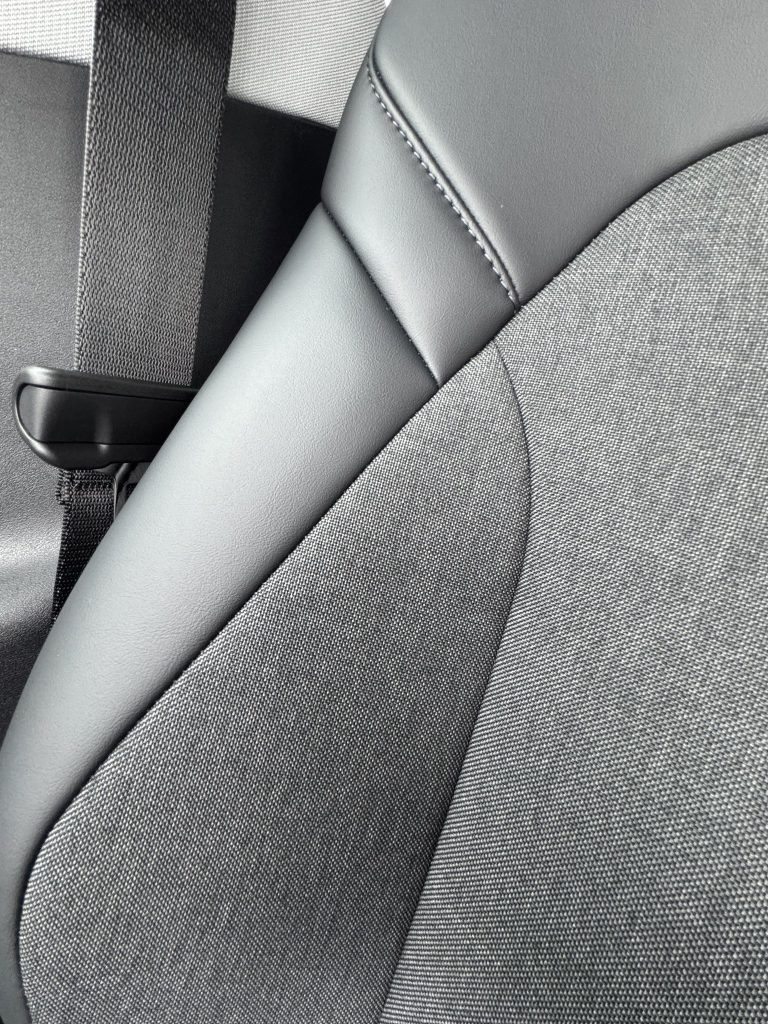
However, there comes one big sacrifice that I have been spoiled by, as the textile seats are not ventilated, so say goodbye to cooling your keister in the Summertime.
The lack of a glass roof is something many owners might not even notice. However, I have been spoiled by the glass roof in my car, and I look out of it every time I’m in my car. It is one of my favorite features, without a doubt. While it would not be a dealbreaker for me, it would be something I would miss terribly.
Things I Noticed After Several Days
Cabin Noise
One of the biggest things I noticed after the first two days in the Model Y Standard is that the cabin is much louder than the Premium. This is because Tesla did not acoustically line all of the glass in the Standard configuration, as it did in the Premium. The side windows are not treated, just the windshields. Therefore, you notice the noise level in the cabin is louder than in the Premium.
If you had not been driving in a Premium trim for a few months, you might not notice it. However, it is something that is a big sacrifice when moving to a different trim level, especially one that is less premium than what you might currently drive.
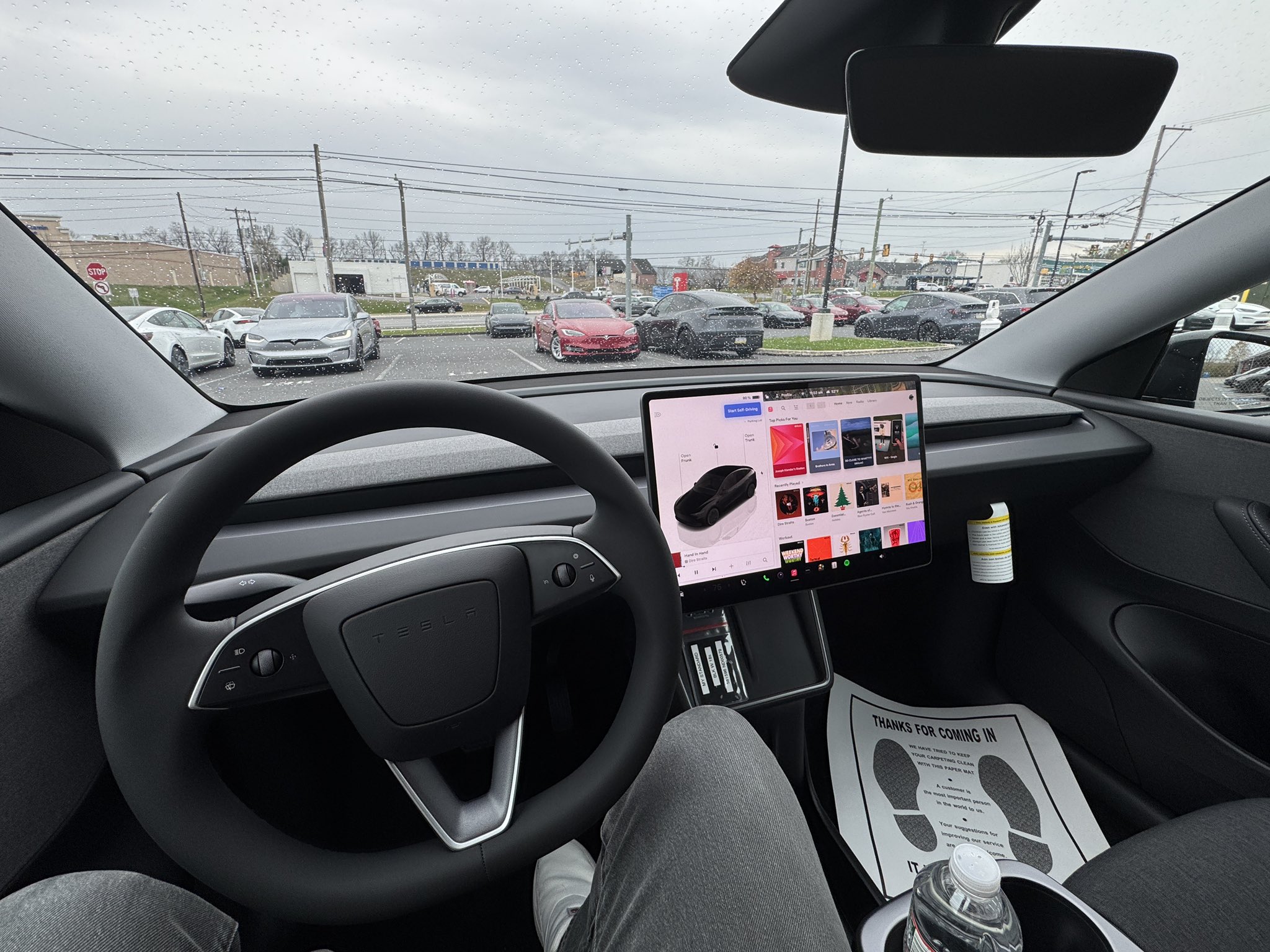
I have always been so shocked at how amazingly quiet the Premium trim’s cabin is; my Model Y is extremely peaceful, even when I’m sitting in bumper-to-bumper traffic, and people have modified mufflers and exhaust systems, tractor-trailers are going by, or crotchrockets are zipping by on the interstate.
This is a huge difference between the two cars, and it is something that is really hard to get used to. I know, first-world problems, right? But when you’re paying between $39,990 and $48,990 for a car, those little things truly do matter.
Stereo System Differences
Another thing I was very aware of was how weak the sound system is. I think if I had bought a Standard Model Y, I would have looked at having the speakers and subwoofers upgraded; I was almost disappointed in how much of a change it was between the two cars.
When I finally picked up my Model Y Premium on Friday (which had been detailed by the awesome team at Tesla Mechanicsburg), the first thing I did was crank up the volume and listen to some music. I really missed having a premium sound system.
Ride Quality
There are virtually no differences between the two cars in terms of ride quality. They are both extremely fun to drive, and the suspension in the Model Y Standard feels perhaps a little bit stiffer than the Premium. Regardless, I didn’t truly notice all that much of a change.
Driving this car around windy roads and tight turns was just as fun as my Model Y Premium. It was a blast to test out, and the slight change in feel was welcome. It’s always fun to drive new cars.
Performance
This is the first EV I’ve ever ridden in where I did not feel that awesome sensation of instant torque. It’s still a quick car, but it is missing that pep in its step that many of us have become accustomed to.
If you want to get someone’s true reaction to EV acceleration, let me just put it this way: This is not the car to do it in.
Some Little-Known Facts About the Model Y Standard
Most of us know that the Model Y Standard has a glass roof, but it is opaque, so even if you took out the headliner, you still would not see out of it. However, there is an interesting little tidbit from a Service perspective that does not make much sense.
If the Model Y glass roof cracks or is broken and needs to be replaced, Service is required to pull off the entire headliner and topside interior to access the glass. It cannot be replaced from the outside. In the Premium, because the glass is exposed, it is a much simpler process to replace the glass. This was an interesting thing I learned.
Additionally, the seat controls are only available on the center screen, which makes it difficult to adjust the seat if you are larger than the person who sat in the car previously. In order to adjust the seat, you’ll have to lean over the chair, access the controls from the screen, and adjust it manually before getting in.
Is the Tesla Model Y Standard Worth the Cheaper Price?
For an additional $9,000 to buy the Model Y Premium AWD, you would get a more capable powertrain, a quieter cabin, better performance, an upgraded interior, more storage, a better sound system, and more luxury features.
To me, the Standard is a car that seems extremely ideal for a teenager’s first vehicle (I got a $1,500 1998 VW Jetta K2 with 200,000 miles when I was 16), or a fleet vehicle. This would be the perfect car for salespeople to use: it does not have all the bells and whistles, it is efficient, and it is just what is needed to drive around to meetings.
For a personal car, it really depends on what you think you need. Admittedly, I’ve been spoiled by the Premium configuration, and personally, I wouldn’t go down to the Standard after owning a Premium trim.
News
Tesla’s new Holiday perk is timed perfectly to make FSD a household name
Tesla AI4 owners get FSD (Supervised) through Christmas, New Year’s Eve and well into the post-holiday travel season.
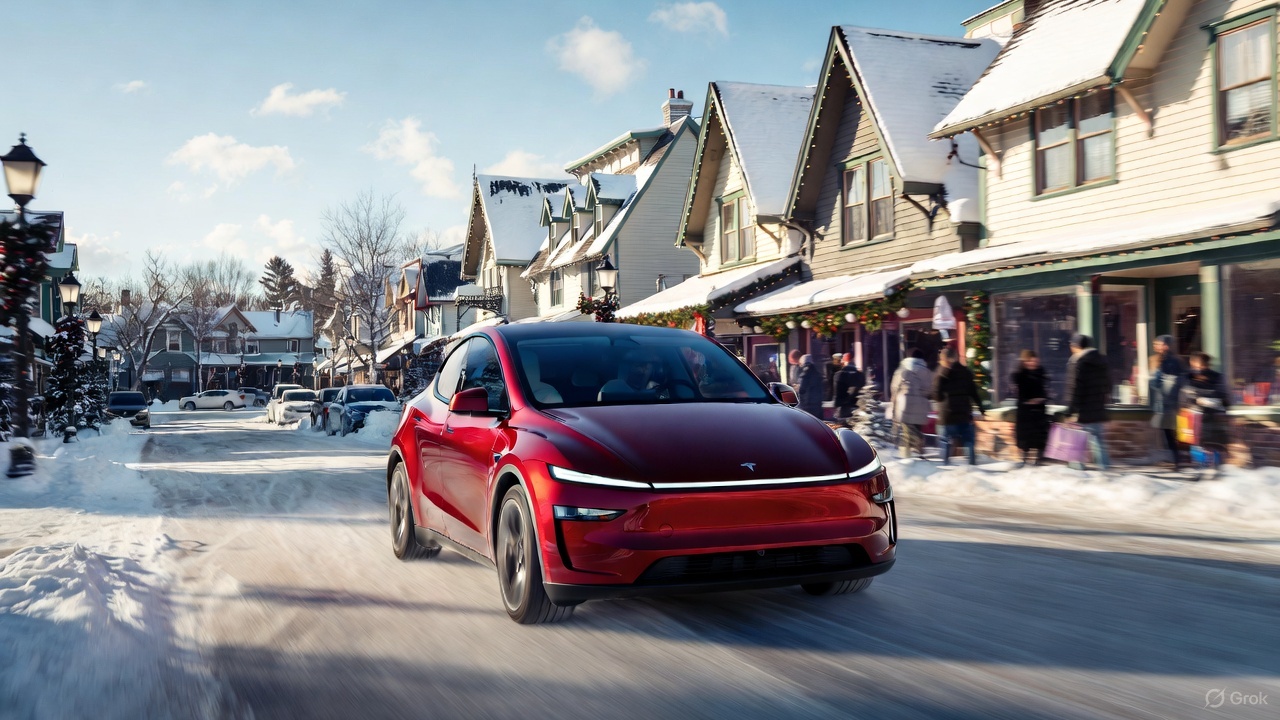
Tesla quietly rolled out a free Full Self-Driving (Supervised) trial for roughly 1.5 million HW4 owners in North America who never bought the package, and the timing could very well be genius.
As it turns out, the trial doesn’t end after 30 days. Instead, it expires January 8, 2026, meaning owners get FSD (Supervised) through Christmas, New Year’s Eve and well into the post-holiday travel season. This extended window positions the feature for maximum word-of-mouth exposure.
A clever holiday gift
Tesla watcher Sawyer Merritt first spotted the detail after multiple owners shared screenshots showing the trial expiring on January 8. He confirmed with affected users that none had active FSD subscriptions before the rollout. He also observed that Tesla never called the promotion a “30-day trial,” as the in-car message simply reads “You’re Getting FSD (Supervised) For the Holidays,” which technically runs until after the new year.
The roughly 40-day period covers peak family travel and gatherings, giving owners ample opportunity to showcase the latest FSD V14’s capabilities on highway trips, crowded parking lots and neighborhood drives. With relatives riding along, hands-off highway driving and automatic lane changes could become instant conversation starters.
Rave reviews for FSD V14 highlight demo potential
FSD has been receiving positive reviews from users as of late. Following the release of FSD v14.2.1, numerous owners praised the update for its smoothness and reliability. Tesla owner @LactoseLunatic called it a “huge leap forward from version 14.1.4,” praising extreme smoothness, snappy lane changes and assertive yet safe behavior that allows relaxed monitoring.
Another Tesla owner, @DevinOlsenn, drove 600 km without disengagements, noting his wife now defaults to FSD for daily use due to its refined feel. Sawyer Merritt also tested FSD V14.2.1 in snow on unplowed New Hampshire roads, and the system stayed extra cautious without hesitation. Longtime FSD tester Chuck Cook highlighted improved sign recognition in school zones, showing better dynamic awareness. These reports of fewer interventions and a more “sentient” drive could turn family passengers into advocates, fueling subscriptions come January.









